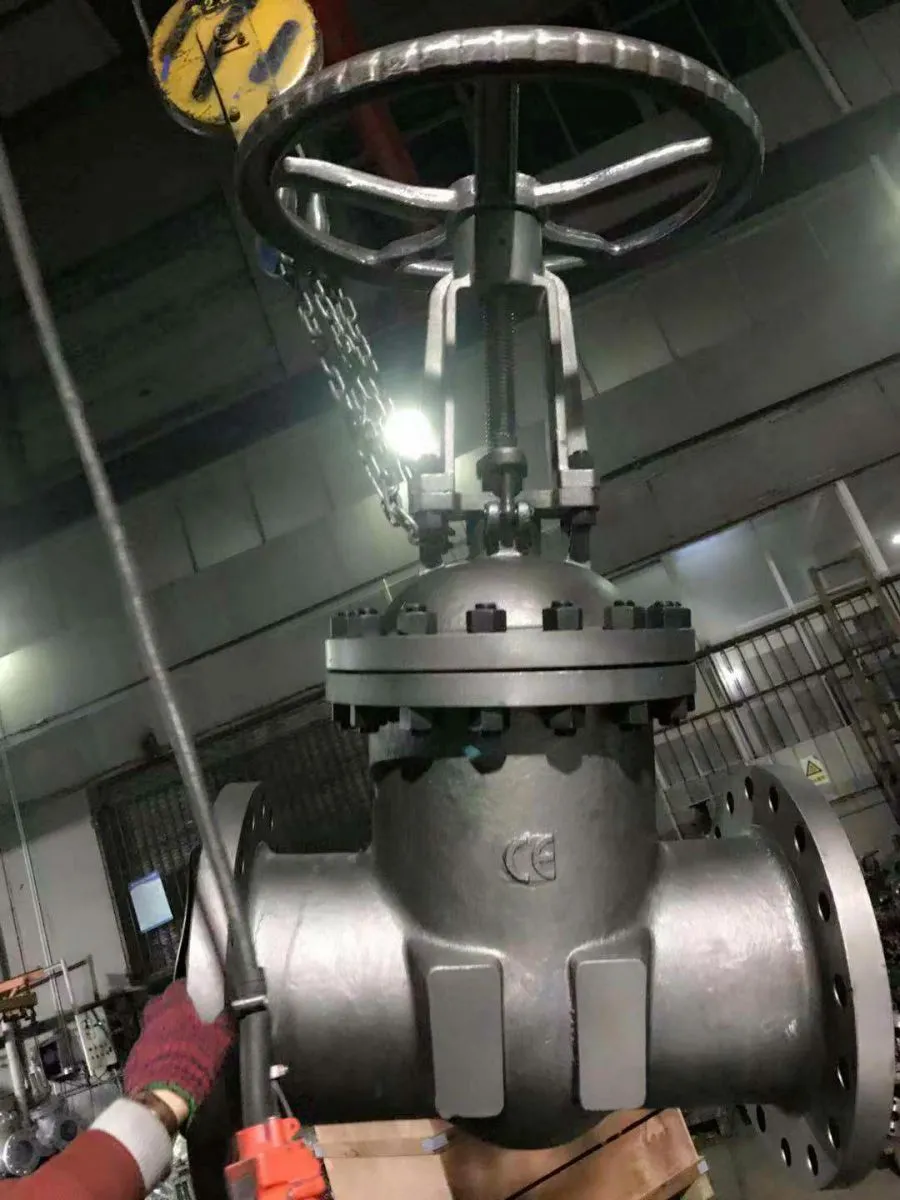1. Rising Stem Gate Valve: The stem nut is on the bonnet or yoke. When opening or closing the gate, stem nut is rotated to raise and lower the stem. This structure is advantageous for the lubrication of valve stem, and the degree of opening and closing is obvious, so it is widely used.
2. Non-rising Stem Gate Valve: The stem nut is inside valve body and contact with the medium directly. When opening or closing the gate, it is through the rotating of valve stem. The advantage of this construction is that the height of gate valve remains the same, so the installation requires small room and is suitable for big gate valves or valves that have limited installation space. Non-rising stem gate valve is usually equipped with an open and close indicator . But it also has some disadvantages, like the stem threads won't get lubricated, and also will be etched by the medium directly and easily damaged.
The main difference between Rising Stem Gate Valve and Non-Rising Stem Gate Valve.
1. For Non-rising stem gate valve, the stem rotates without moving up and down and only the stem is exposed. The nut is fixed on the gate. There is no visible gantry. The transmission thread of non-rising stem gate valve is located inside valve body. During the opening and closing , the valve stem only rotates and the gate is lifted and lowered in the valve body. Therefore, the height of the valve is small. The lifting threaded stem of rising stem gate valve is exposed, and stem nut is close to the hand wheel and is fixed (not rotating or moving axially). By rotating the threaded stem, the gate is lifted. The stem and the gate have only relative rotational motion without Relative axial displacement.
2. The threaded part of stem can't be seen on the non-rising stem valve, but is visible on rising stem gate valve.
3. When the non-rising stem gate valve is switched, the wheel and the valve stem are connected together and relatively stationary. It is rotated by the valve stem at a fixed point to drive the gate upward and lower to complete the opening and closing. The rising stem gate valve lifts or lowers the gate by threading the stem and wheel.
4. The stem of rising stem gate valve drives the gate to lift and lower together, and the transmission thread on the valve stem is outside the valve body. Therefore, the position of the gate can be intuitively judged according to the moving direction and position of valve stem, and the transmission thread is lubricated and protected from fluids, but it requires a large installation space.


